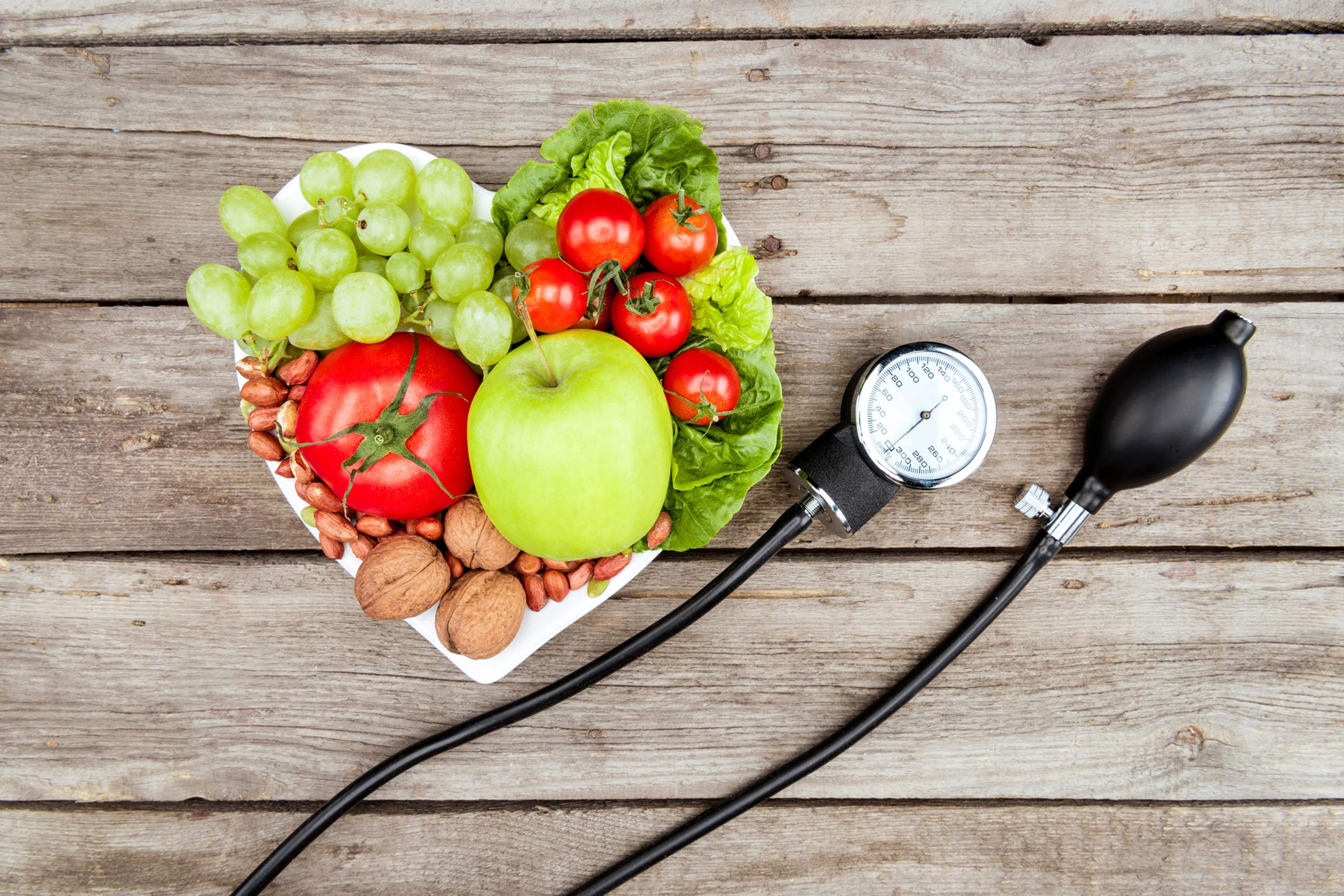According to Heart.org, an estimated 103 million U.S. adults have high blood pressure (BP), that’s nearly half of all adults in the United States. The website also said that the death rate from high blood pressure increased by nearly 11 percent in the United States between 2005 and 2015, and the actual number of deaths rose by almost 38 percent, up to nearly 79,000 by 2015.
The guidelines for re-defining elevated BP, also known as hypertension, have lowered to a reading of 130 on top (systolic) or 80 on the bottom (diastolic). Previously, the standard for elevated BP was 140 over 90. The percentage of U.S. adults with high blood pressure jumped from 32 percent under the old definition to nearly 46 percent.”
The key is early detection, since hypertension has been called the silent killer. Left out of control, hypertension increases the risk to stroke and heart attack. Prevention means following a healthy diet, maintaining ideal weight, learning to control stress, and exercise.
Medscape.com reported last year on research in the British Journal of Sports Medicine that said, “in an analysis of studies that included almost 40,000 patients, evidence-based medical therapy was associated with a greater drop in systolic BP compared to interventions that consisted of exercises for endurance, dynamic resistance, isometric resistance, or both endurance and resistance. But the difference in average BP change was only 3.96 mmHg.”
British and American researchers concluded that, “our findings confirm modest but consistent reductions in SBP (systolic blood pressure) in many studied exercise interventions across all populations but individuals receiving medications generally achieved greater reductions than those following structured exercise regimens. Assuming equally reliable estimates, the SBP-lowering effect of exercise among hypertensive populations appears similar to that of commonly used antihypertensive medications.”
The researchers further note that, “compared with control, all types of exercise (including combination of endurance and resistance) and all classes of antihypertensive medications were effective in lowering baseline SBP.”
As with any such research, it requires follow-up to define cause and effect, which means working with your doctor to determine the best treatment options to address an elevated BP.
From a dietary standpoint, the DASH diet (Dietary Approach to Stop Hypertension) emphasizes a reduction in sodium, while emphasizing foods high in nutrients, potassium, calcium, and magnesium, that help to lower BP. The standard DASH diet recommends up to 2300 milligrams of daily sodium intake, with the lower sodium diet cut off at 1500 mg per day.
The DASH diet emphasizes 6 to 8 servings of grains per day, 4-5 servings of vegetables, 4-5 servings of fruit, 2-3 servings per day of dairy, 6 servings or fewer of lean meat, poultry, and 4-5 servings per week of nuts, seeds, and legumes. Fats and oils should be held to 2-3 daily servings, and 5 or fewer servings of sweets per week.
Also, on the dietary front to help lower BP are Flavonoids, naturally occurring compounds found in a variety of fruits, vegetables, and plant-based products, representing the second largest group of polyphenols in the human diet.
Research, The Effect of Flavonoids on Cardiovascular Health: A Review of Human Intervention Trials and Implications for Cerebrovascular Function – appearing in the December 2018 issue of the online journal Nutrients, “suggests a positive association between a diet high in flavonoid-rich foods and cardiovascular health.” Flavonoid-rich foods include: apples, red wine, grapefruit, and chocolate, among others.
The Nutrients’ researchers commented that, “the impact of flavonoid-rich food consumption, cocoa in particular, on blood pressure has been studied fairly extensively. A reduction of 4.4 mmHg and 3.9 mmHg in systolic and diastolic blood pressure respectively, was demonstrated following consumption of a cocoa flavanol drink containing 900 mg total flavanols per day for 1 month compared with a control.”
The key to reducing the associated risks to high BP, starts with knowing where you stand. Check your BP and consult your physician in follow-up.

